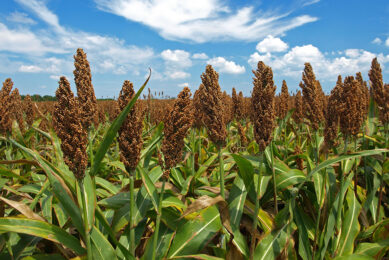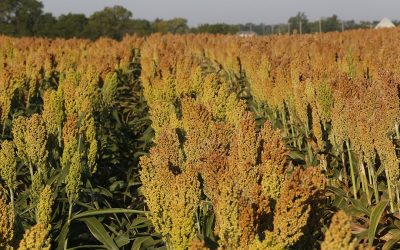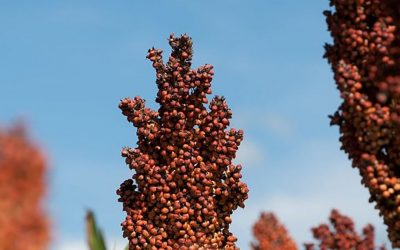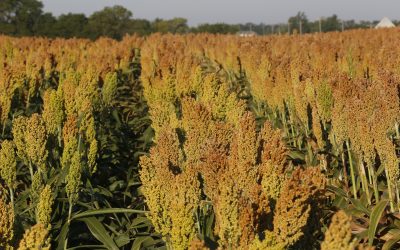Sorghum as an alternative forage crop in the UK
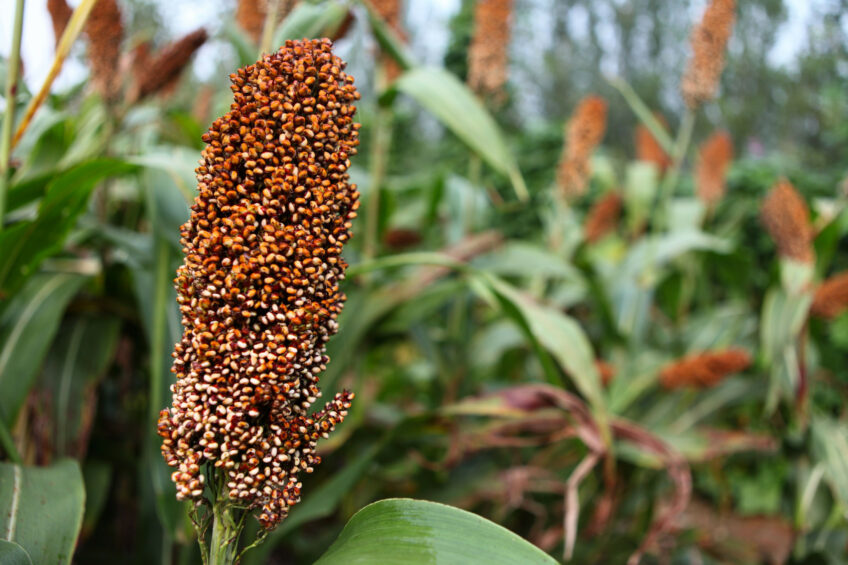
Sorghum ranks among the top 5 crops grown worldwide but its cultivation in the UK as an alternative forage crop remains largely unexplored.
However, in a new field lab trial by Innovative Farmers and supported by Cotswold Seeds, 5 organic farmers are investigating the viability of sorghum as an alternative forage crop, looking at what benefits it might realise, such as soil carbon enhancement, drought resilience and early harvesting.
The group, from as far afield as Inverness in northern Scotland to Cornwall in southwestern England, will be assessing:
- The potential nutritional benefits compared to maize
- Palatability
- The effect on milk yields
- The impact on yield levels
- How well it copes with under sowing
Maize is widely grown in the UK for livestock forage feed but can cause soil damage and increases the risk of erosion due to shallow rooting and late harvest. Globally, sorghum is one of the top 5 crops grown and it has been grown successfully in many countries as a forage crop. Silage sorghum can be harvested much earlier than maize: in August rather than late September or early October. It also has other potential benefits, including:
- Having a wider canopy and deeper roots, so theoretically sorghum should help to smother out weeds better than maize
- Its deeper roots allow for a better drought tolerance and soil carbon increase
- Silage sorghum tolerates less nutrient inputs than maize
- It is less susceptible to pests and diseases than maize
- Sorghum has the potential to intercrop with another crop such as barley/clover (5% yield increases have been seen by under-sowing with barley).
Each farmer will put forward a field trial and all will be measuring the following:
- Crop growth – forage sampling/nutrient content
- Harvest yield
- Weed burden
- Milk Yield
- Palatability for cattle
The trials are proof of concept so there will not be any benchmarking of different sites. Each farmer is trying a slightly different plot design with trials including intercropping the sorghum with triticale, under sowing with white clover, broadcasting vs sowing in strips and compared with whole cropped oats.
Ben Andrews, who runs a 450 acre mixed farm in Herefordshire, including beef, arable and vegetables, said he was looking forward to the trial: “It’s not something that we’ve tried before but we are working with the Soil Association to see that if growing sorghum as whole crop silage as opposed to grain can be a viable alternative to using maize. It’s got some benefits over maize – it doesn’t require as much fertiliser, it has better drought and wet tolerance and is really deep rooting so can help boost water infiltration and build soil carbon.
“We will need to keep it weeded though and will probably underside with a clover mix,” he added.
It is a crop that is gaining interest in the UK. …compared to maize, sorghum or sorghum and sudangrasses are more drought tolerant and could be an alternative on soils with lower water-holding capacities or in areas with higher drought risk.”
Lallemand Animal Nutrition in a blog last month said




